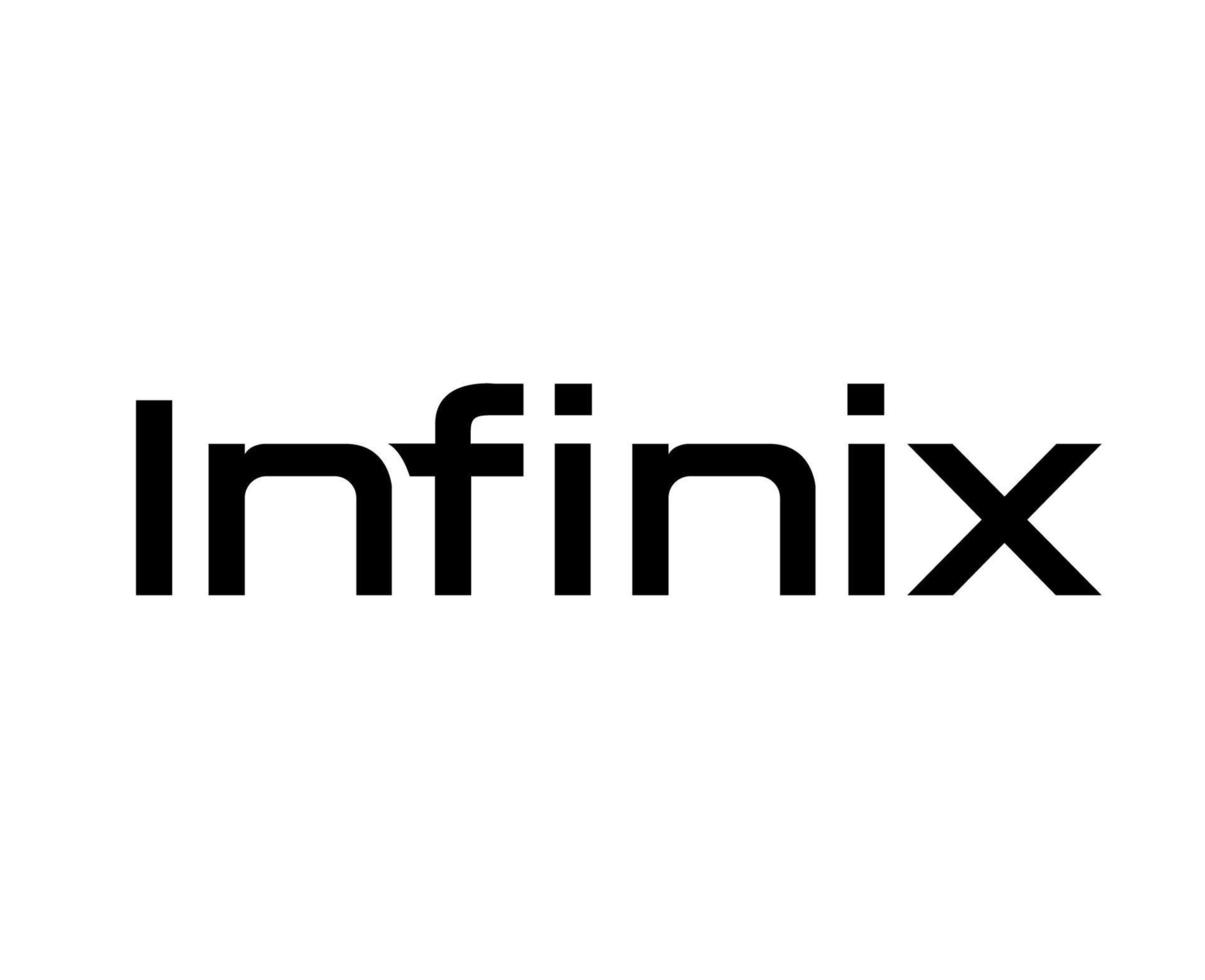In the world of storage technology, understanding the differences between hybrid storage and SSD storage is crucial for making informed decisions about your data storage options. Hybrid storage combines the benefits of both traditional hard disk drives (HDDs) and solid-state drives (SSDs), offering a balance between performance and cost-efficiency. On the other hand, SSD storage delivers lightning-fast speeds and enhanced durability.
Key Takeaways:
- Hybrid storage combines the storage capacity of HDDs and the speed of SSDs, offering a balance between performance and cost-efficiency.
- SSD storage provides lightning-fast speeds, durability, and reliability due to its lack of moving parts.
- HDDs are still a cost-effective option for bulk storage, but they are slower compared to hybrid storage and SSDs.
- Understanding the performance, durability, cost, and use cases of each storage option is essential for choosing the right solution for your needs.
The Benefits of Hybrid Storage
Hybrid storage offers several key benefits that make it an attractive option for users looking to balance performance and cost efficiency. By combining the strengths of solid-state drives (SSDs) and hard disk drives (HDDs), hybrid storage provides a versatile solution that meets the needs of various use cases.
One of the primary advantages of hybrid storage is its performance capabilities. The integration of SSD technology allows for faster data access and improved overall system responsiveness. Frequently accessed data is cached in the SSD component, ensuring quick retrieval and reducing latency. This makes hybrid storage ideal for tasks that require high-speed data access, such as gaming and professional workstations.
Cost efficiency is another significant benefit of hybrid storage. While SSDs offer superior performance, they can be more expensive in terms of cost per gigabyte compared to HDDs. Hybrid storage strikes a balance between performance and cost by utilizing the cost-effective HDD component for long-term storage and the faster SSD component for frequently accessed data. This combination allows users to enjoy the benefits of SSD performance at a more affordable price point.
Key Benefits of Hybrid Storage:
- Improved performance and system responsiveness
- Cost-effective solution with a balance between performance and price
- Efficient caching of frequently accessed data
- Versatile storage option suitable for various use cases
- Reliable data storage with the durability of an HDD component
In summary, hybrid storage offers the best of both worlds by combining the performance advantages of SSDs with the cost efficiency of HDDs. It is a versatile solution that caters to different user needs, delivering improved performance and cost savings. Whether you’re a gamer, a professional user, or simply looking for a reliable and efficient storage solution, hybrid storage provides a compelling option to consider.
The Advantages of SSD Storage
SSD storage has numerous advantages over hybrid storage, making it a top choice for users who prioritize speed, durability, and reliability.
One of the key advantages of SSD storage is its speed. SSDs use NAND flash memory instead of the spinning platters found in HDDs, which allows for much faster data access and transfer speeds. This means that tasks such as booting up the system, opening applications, and accessing files can be completed in a fraction of the time compared to hybrid storage.
In addition to speed, SSDs also offer enhanced durability. Since SSDs have no moving parts, they are not susceptible to mechanical failures that can occur in traditional HDDs. This makes SSDs more resistant to shocks, vibrations, and physical damage, ensuring that your data remains safe and accessible.
Furthermore, SSDs are known for their reliability. With no moving parts, there is less chance of mechanical failure or data corruption. This makes SSDs a reliable choice for storing important files, including critical business data and personal documents. SSDs also have lower failure rates compared to hybrid storage, providing peace of mind for users.
While the cost per gigabyte of SSD storage has traditionally been higher than that of hybrid storage, the decreasing prices of flash memory have made SSDs more affordable in recent years. The improved performance, durability, and reliability offered by SSDs make them a worthwhile investment for users who value these advantages.
Overall, SSD storage provides significant advantages over hybrid storage in terms of speed, durability, and reliability. While the cost per gigabyte may be higher, the benefits of SSDs make them a preferred choice for users who want optimal performance and peace of mind when it comes to storing and accessing their data.
A Comparison of Hybrid Storage and SSD Storage
When comparing hybrid storage and SSD storage, it’s important to consider various factors to make an informed decision about your storage needs. Hybrid drives combine the storage capacity of traditional hard disk drives (HDDs) with the speed of solid-state drives (SSDs), offering a cost-effective balance between performance and storage capacity. On the other hand, SSDs, which are purely circuits and NAND memory, provide unmatched speed and performance but at a higher cost per gigabyte. Let’s delve deeper into the advantages and drawbacks of each storage option.
Performance and Speed:
SSDs are the clear winners when it comes to performance. With no moving parts, SSDs can read and write data more quickly, resulting in faster boot times, rapid file transfers, and low latency. Their access times are significantly faster compared to hybrid drives and HDDs. In contrast, hybrid drives leverage intelligent caching to improve performance, especially for frequently accessed data, but they can’t match the speed of pure SSDs. HDDs, with their spinning platters and mechanical heads, are generally slower than both hybrid drives and SSDs.
Durability and Lifespan:
In terms of durability, SSDs have a significant advantage. With no moving parts, they are more resistant to physical shocks and vibrations, making them less likely to fail. However, SSDs do have a finite number of write cycles, which can impact their lifespan over time. Hybrid drives offer a balanced lifespan, combining the durability of SSDs with the longevity of HDDs. HDDs, while susceptible to physical shocks due to their moving parts, can last a long time with proper care.
Storage Capacity and Price:
In terms of storage capacity, HDDs still offer the most space for the lowest cost per gigabyte. However, SSDs have become more affordable over time, and their price per gigabyte has decreased. While SSDs generally have lower storage capacities than HDDs, they are available in sizes up to several terabytes. Hybrid drives provide a cost-effective balance between storage capacity and performance. SSDs, although more expensive, offer superior speed and performance while sacrificing some capacity. The choice depends on your specific needs and budget.
Energy Efficiency:
When it comes to energy efficiency, SSDs are the clear winners. They consume less power, resulting in longer battery life for portable devices. Hybrid drives strike a middle ground, consuming more power than SSDs but less than HDDs. HDDs typically consume the most power, especially during data access.
Considering these factors, the best storage option depends on your specific use case. For high-performance tasks, gaming, and professional workstations where speed is crucial, SSDs are the ideal choice. If you need a balance between performance and cost, such as in mid-range laptops and desktops, hybrid drives can be a good option. HDDs are best suited for archival storage, media libraries, and tasks where speed is not a primary concern.
When making a decision between hybrid storage and SSD storage, consider your specific requirements for performance, storage capacity, durability, and budget. By carefully evaluating these factors, you can choose the storage option that best suits your needs.
Performance Differences Between Hybrid Storage and SSD Storage
Hybrid storage and SSD storage offer distinct performance characteristics, with SSD storage leading the way in terms of speed and responsiveness. SSDs, which use NAND flash memory to store data, provide faster read and write speeds compared to hybrid drives, which combine the high-capacity storage of traditional hard disk drives (HDDs) with a smaller amount of flash memory for caching frequently accessed data.
With their lack of moving parts, SSDs have significantly lower access times and faster data transfer rates, resulting in quicker boot times and improved application loading. This makes them particularly suitable for high-performance tasks, such as gaming and professional workstations, where quick data access is crucial.
On the other hand, hybrid drives utilize intelligent caching algorithms to store frequently accessed data in their NAND flash memory, while less frequently accessed data is stored on the traditional HDD. While hybrid drives do offer improved performance over HDDs, they are not able to match the speed and responsiveness of SSDs.
When it comes to specific performance metrics, SSDs typically outperform hybrid drives in terms of sequential and random read/write speeds. SSDs can achieve transfer speeds in the range of hundreds of megabytes per second, while hybrid drives are limited by the slower data transfer rates of the HDD component. This means that tasks such as large file transfers or running multiple applications simultaneously will be faster on SSDs compared to hybrid drives.
Overall, if speed and responsiveness are top priorities, SSD storage is the clear winner. However, it’s important to consider individual needs and budget constraints when choosing between hybrid storage and SSD storage. While SSDs offer superior performance, hybrid drives can provide a more cost-effective solution for those who require high-capacity storage without sacrificing some performance benefits.
In conclusion, while hybrid storage provides a balance between capacity and performance, SSD storage offers unmatched speed and responsiveness. Consider your specific needs and budget when choosing between the two options, taking into account the performance benefits of SSDs and the cost-effectiveness of hybrid drives.
Cost Efficiency of Hybrid Storage
Hybrid storage provides a cost-effective solution for users who need a balance between performance and budget constraints. By combining the advantages of solid-state drives (SSDs) and hard disk drives (HDDs), hybrid storage offers a more affordable alternative to fully SSD-based storage solutions.
One of the key benefits of hybrid storage is its ability to deliver improved performance while still maintaining a reasonable price point. The intelligent caching mechanism in hybrid drives allows frequently accessed data to be stored in the faster solid-state memory, which results in faster read and write speeds compared to traditional HDDs. This enhanced performance can be particularly beneficial for tasks that require quick data access, such as gaming or professional workstations.
In addition to the performance advantages, hybrid storage also offers a higher storage capacity compared to pure SSDs at a more competitive cost per gigabyte. While SSDs have become more affordable over time, they still tend to have smaller capacities and a higher price per gigabyte compared to HDDs. Hybrid storage strikes a balance by combining the higher capacity of HDDs with the speed benefits of SSDs, making it a cost-efficient option for users who require ample storage space without sacrificing performance.
To further illustrate the cost efficiency of hybrid storage, let’s compare the pricing of a 2TB hybrid drive to an all-flash SSD of the same capacity. A 2TB hybrid drive, such as the Seagate FireCuda SSHD, is priced at $238.26, while an all-flash SSD with the same storage capacity, like the Seagate FireCuda SSD, is priced at $325.69. This significant price difference of $87.43 highlights the cost savings that can be achieved by opting for hybrid storage instead of a pure SSD solution.
Durability and Reliability of SSD Storage
SSD storage offers unmatched durability and reliability, with no moving parts that can fail or be susceptible to damage. Unlike traditional HDDs, which rely on mechanical components, SSDs use NAND flash memory to store data. This lack of moving parts makes SSDs more resistant to physical shocks and vibrations, making them ideal for portable devices such as laptops.
In addition to their durability, SSDs also have a longer lifespan compared to HDDs. While SSDs do have a finite number of write cycles, modern SSDs have significantly improved in terms of longevity. With proper care and usage, SSDs can last for many years, making them a reliable storage option for both personal and professional use.
Furthermore, the absence of moving parts in SSDs eliminates the risk of mechanical failures that are common in HDDs. This means that SSDs are less prone to data loss and corruption caused by physical damage to the drive. As a result, SSDs provide a more reliable storage solution, ensuring the safety and integrity of your data.
The Advantages of SSD Storage:
- Unmatched durability and resistance to physical shocks
- Longer lifespan compared to HDDs
- No risk of mechanical failures
- Safer and more reliable storage option
Solid-State Drives (SSDs)
SSDs are known for their lightning-fast performance and reliability. By storing data in NAND flash memory, SSDs offer rapid boot times, quick file transfers, and low latency. They are ideal for tasks that require high-speed data access, such as running resource-intensive applications, gaming, or multimedia production. While SSDs generally have smaller storage capacities compared to traditional hard disk drives (HDDs), they make up for it with exceptional read and write speeds, making every operation feel snappy and smooth.
Furthermore, SSDs are more durable than HDDs due to their lack of moving parts, making them resistant to physical shocks and vibrations. This durability translates to less risk of data loss or corruption. However, SSDs tend to be pricier per gigabyte of storage compared to HDDs.
Hard Disk Drives (HDDs)
HDDs have been the go-to storage option for many years due to their affordability and high storage capacities. These drives use spinning platters and mechanical heads to read and write data. While HDDs are slower compared to SSDs in terms of data access and transfer speed, they offer a cost-effective solution for users who require large storage capacities. HDDs are commonly used for bulk storage, such as archiving files, media libraries, or backup drives. They are also suitable for tasks where speed is not a primary concern, such as storing documents or less demanding applications.
However, it’s worth noting that HDDs are more vulnerable to physical shocks and can be less energy-efficient compared to SSDs. Nonetheless, they remain a popular choice for those seeking affordable and reliable storage options.
Solid-State Hybrid Drives (SSHDs)
SSHDs combine the best of both worlds by integrating a small amount of NAND flash memory with traditional HDD storage. These drives use intelligent caching algorithms to determine which data to store in the faster flash memory for improved performance. SSHDs offer a cost-effective balance between speed and storage capacity, making them suitable for users who need an economical solution with enhanced performance.
While SSHDs may not provide the same level of performance as SSDs, they offer faster response times compared to HDDs for frequently accessed data. This makes them a good option for mid-range laptops and desktops where a balance between performance and cost is desired.
Choosing the Right Solution
When choosing a data storage solution, consider your specific needs and budget. If speed is a top priority and you can afford the higher price per gigabyte, an SSD is the best choice for optimal performance. On the other hand, if you require large storage capacities at a lower cost, an HDD might be the right fit. If you’re looking for a balance between speed and affordability, an SSHD can be a suitable compromise.
Additionally, consider factors such as durability, energy efficiency, and the nature of your workload. If you handle critical applications or require a reliable and durable storage solution, SSDs are the way to go. However, if you primarily perform text-based tasks, web browsing, or basic document editing, an HDD can provide ample storage capacity at a lower expense.
Ultimately, the choice comes down to your individual requirements and priorities. Evaluate your needs, weigh the pros and cons of each storage option, and make an informed decision that aligns with your usage patterns and budget. By selecting the right data storage solution, you can optimize your device’s performance, ensure efficient data management, and enhance your overall computing experience.
Example HP Spectre with Hybrid Storage
The HP Spectre x360 is an excellent HP laptop model that comes with both flash storage and SSD. It features a fast and responsive SSD for quick boot-up times and smooth multitasking. Additionally, it includes flash storage, which provides even faster data access and transfer speeds. This combination of flash and SSD storage ensures optimal performance and storage capacity.
The HP Spectre x360 is a premium 2-in-1 laptop that offers versatility and style.
It features a sleek design, a vibrant display, and powerful performance with options for Intel Core processors.
In practical terms, this means that users can enjoy the benefits of having a large storage capacity for their files while still experiencing the responsiveness and speed associated with SSDs. Whether you need to access your files quickly, open applications promptly, or multitask seamlessly, the hybrid storage solution can meet your needs.
If you’re looking for a laptop that offers a balance between storage capacity and performance, the HP XYZ model with hybrid storage is a great choice. It provides the convenience of ample storage space for your files and the speed and responsiveness of SSD technology. Whether you’re a student, professional, or casual user, this hybrid storage solution can cater to your storage and performance needs.
Conclusion
In conclusion, when it comes to weighing the strengths and weaknesses of hybrid storage and SSD storage, making an informed decision about your data storage needs is paramount. Both options offer their advantages, but one laptop that seamlessly combines the benefits of SSD storage with a powerful performance package is the HP Spectre x360 2-in-1 Laptop 13.
Equipped with the Intel® Evo™ platform and powered by an Intel® Core™ i7 processor, this laptop delivers exceptional speed and performance, making it ideal for a wide range of tasks. Its integration with Windows 11 Home and Intel® Iris® Xᵉ Graphics ensures a smooth and efficient computing experience.
The HP Spectre x360 2-in-1 Laptop 13’s employment of SSD storage ensures faster boot times, quick file transfers, and low latency, meeting the demands of high-performance tasks, gaming, and professional workstations. This laptop is also more durable than traditional HDDs and SSHDs, thanks to the absence of moving parts that can be prone to mechanical failures.
While cost-efficiency is a factor to consider, the decreasing prices of flash memory have made SSDs increasingly competitive in terms of total cost of ownership. This makes the HP Spectre x360 2-in-1 Laptop 13 a compelling choice for individuals who prioritize both performance and budget considerations.
Ultimately, the decision between hybrid storage and SSD storage depends on individual needs and priorities. If speed and performance are of utmost importance, the HP Spectre x360 2-in-1 Laptop 13, with its SSD storage and impressive hardware, stands out as the ideal choice. However, for those who require a balance between performance and storage capacity, it remains a suitable and cost-effective option. It’s important to take into account factors such as data access requirements, budget constraints, and long-term storage needs when making a decision.
Compare and view all the High-Performance Professional Laptops





















